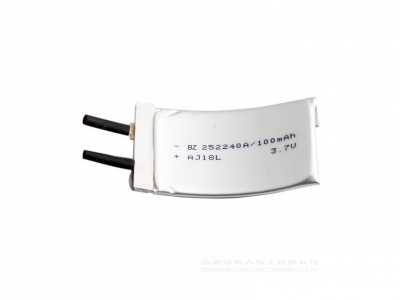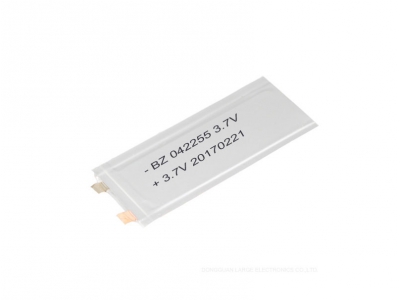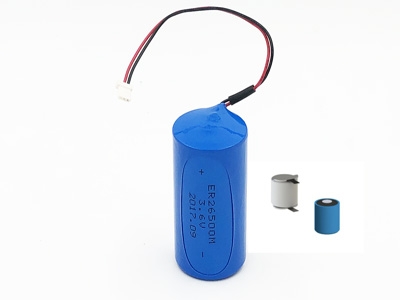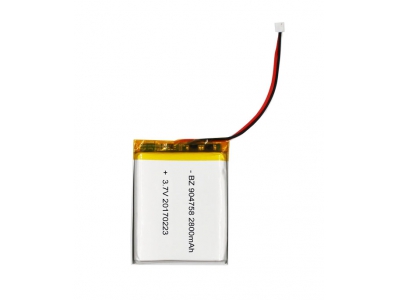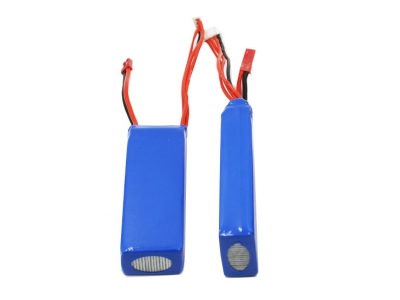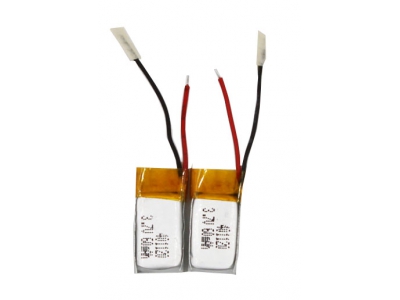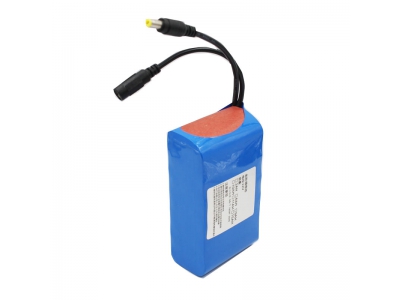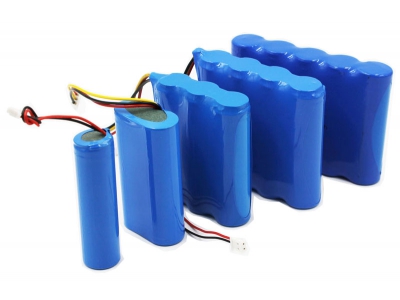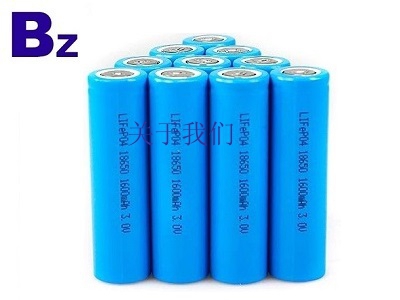Knowledge of lithium ion batteries
Lithium-ion battery definition
Lithium batteries mainly refers to the electrode cathode material used in the lithium element as the main active substance of a class of batteries.
Lithium-ion battery mainly as follows: energy density, uniform output voltage is high. Self-discharge is small, good battery, less than 2% per month (recoverable). No memory effect. The working temperature range is -20 ℃ ~ 65 ℃. Can quickly charge and discharge (2-5C), charge and discharge efficiency of up to 100%, and the output power (magnification discharge up to 60C or more). Long service life (more than 500 weeks). Does not contain toxic and hazardous substances, known as green batteries.
Lithium batteries mainly refers to the electrode cathode material used in the lithium element as the main active substance of a class of batteries.
Lithium-ion battery mainly as follows: energy density, uniform output voltage is high. Self-discharge is small, good battery, less than 2% per month (recoverable). No memory effect. The working temperature range is -20 ℃ ~ 65 ℃. Can quickly charge and discharge (2-5C), charge and discharge efficiency of up to 100%, and the output power (magnification discharge up to 60C or more). Long service life (more than 500 weeks). Does not contain toxic and hazardous substances, known as green batteries.
Lithium battery classification
1, shape: cylindrical, square, flexible packaging.
2, shell material: steel, aluminum, aluminum plastic film (flexible packaging).
3, the cathode active material: lithium cobalt oxide, lithium manganese oxide, ternary, lithium iron phosphate.
4, electrolyte: liquid, polymer.
5, the negative active material: carbon (currently the main), lithium titanate.
6, the application areas: mobile phones, Tablet PC, 3C digital products, portable electronic products, electric bicycles, electric motorcycles, electric vehicles, power tools, model aircraft, UAV, energy storage base stations.
7, the discharge rate: capacity type and power type and high rate type.
8, the number of times: lithium battery and lithium secondary battery.
Lithium battery structure
Positive pole
The active substance (LiCoO2 LiMnO2 LiNixCo1-x O2 LiFePO4)
Conductive agent, adhesive, aluminum foil substrate
Negative pole
Active material (graphite, MCMB) binder, (conductive agent), copper foil matrix
The active substance (LiCoO2 LiMnO2 LiNixCo1-x O2 LiFePO4)
Conductive agent, adhesive, aluminum foil substrate
Negative pole
Active material (graphite, MCMB) binder, (conductive agent), copper foil matrix
Diaphragm (PP / PE, PP / PE / PP)
Electrolyte (LiPF6 + DMC / EC / EMC / PC) Carbonates Organic solvents
Shell hardware (steel and aluminum, aluminum plastic film, cover, pole, insulation, PTC)
Electrolyte (LiPF6 + DMC / EC / EMC / PC) Carbonates Organic solvents
Shell hardware (steel and aluminum, aluminum plastic film, cover, pole, insulation, PTC)
Power lithium ion battery
Power lithium-ion battery technology development with each passing day, from the capacity and structure have improved, regardless of the battery manufacturers to adopt which technical route, should meet the use of high security, wide range of environmental temperature, charge and discharge functional, magnification discharge use Good condition. Power lithium battery size can be divided into small high-power battery and large power battery.
High rate battery applications, the main performance indicators.
High rate battery applications: power tools, model aircraft, car models, drone, electric vehicles, car boot power, gun-type batteries.
High rate discharge, that is greater than 1C, to 10C - 60C current discharge, high?rate 20C discharge means capacity 2000mAh battery can work up to 40000 mA (40A) discharge.
High rate performance depends mainly on the discharge efficiency and discharge platform, as well as the temperature, the discharge platform for the high rate of battery use effect is great, the greater the discharge rate, the lower the discharge platform voltage, the smaller the discharge energy, the discharge platform determines the level of battery The magnification. That is, the explosive power of the battery. Generally require 30C rate discharge platform at least more than 3.5V or more, discharge efficiency of 90% or more to be considered qualified 30C rate battery.
High rate discharge, that is greater than 1C, to 10C - 60C current discharge, high?rate 20C discharge means capacity 2000mAh battery can work up to 40000 mA (40A) discharge.
High rate performance depends mainly on the discharge efficiency and discharge platform, as well as the temperature, the discharge platform for the high rate of battery use effect is great, the greater the discharge rate, the lower the discharge platform voltage, the smaller the discharge energy, the discharge platform determines the level of battery The magnification. That is, the explosive power of the battery. Generally require 30C rate discharge platform at least more than 3.5V or more, discharge efficiency of 90% or more to be considered qualified 30C rate battery.
How about Benzo High Rate lithium battery‘s characteristics ?
1 positive and negative materials are used in the domestic industry leading enterprises (Shanshan, etc.).
2 cycle performance, high security and other characteristics, is the preferred model of the battery area.
3 large current performance superior: 25C discharge more than 98%.
4 high current discharge voltage platform is high, 25C discharge median voltage of 3.5V or more, and the industry well-known manufacturers level flat.
5 can be produced according to demand 35C, 45C series and higher rate batteries.
6 high cost, research and development process has many years of practical experience.
2 cycle performance, high security and other characteristics, is the preferred model of the battery area.
3 large current performance superior: 25C discharge more than 98%.
4 high current discharge voltage platform is high, 25C discharge median voltage of 3.5V or more, and the industry well-known manufacturers level flat.
5 can be produced according to demand 35C, 45C series and higher rate batteries.
6 high cost, research and development process has many years of practical experience.
Relevant lithium - ion battery test standards
1. GB-T18287-2013 - General specification for lithium-ion battery and battery pack for mobile phones
2. GB 31241-2014 - Safety requirements for lithium ion batteries and battery packs for portable electronic products
3. IEC62133 application CB certification, must pass this standard test
4. UN38.3UN Recommendations for the transport of dangerous goods, manuals and test standards - Lithium battery transport (air and sea) must pass
5. JIS C 8714 - Japan PSE certification and Korean KC certification must be adopted
6. UL1642-lithium battery authority safety standards.
2. GB 31241-2014 - Safety requirements for lithium ion batteries and battery packs for portable electronic products
3. IEC62133 application CB certification, must pass this standard test
4. UN38.3UN Recommendations for the transport of dangerous goods, manuals and test standards - Lithium battery transport (air and sea) must pass
5. JIS C 8714 - Japan PSE certification and Korean KC certification must be adopted
6. UL1642-lithium battery authority safety standards.
Benzo energy is committed to become high-quality polymer lithium-ion battery quality suppliers. Benzo energy will build a professional, creative, service-oriented research and development, manufacturing, marketing team. Stable quality, fast delivery, and improve after-sales service, so that Benzo energy to win the industry‘s praise. Innovative infinite, casting world-class battery brand is our common goal!






